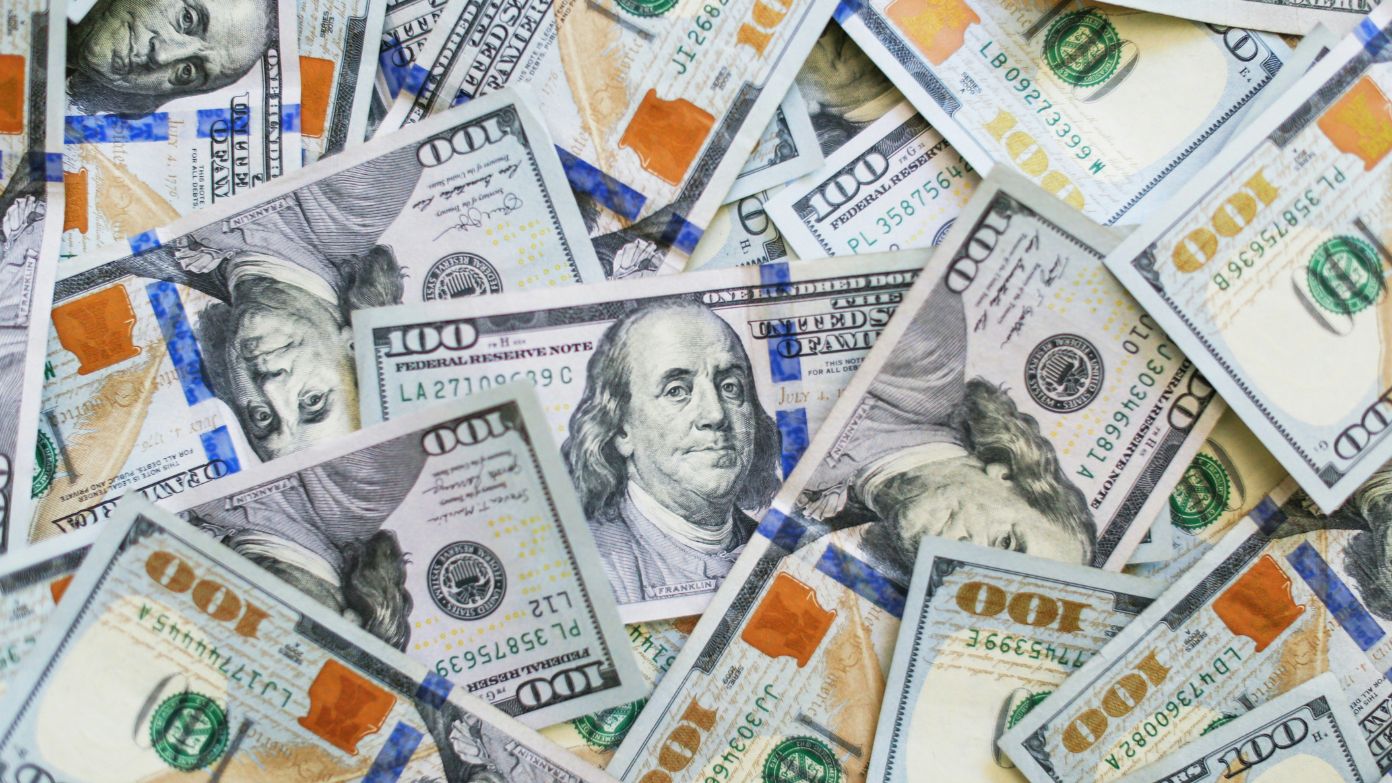The U.S. Citizenship and Immigration Services (USCIS) has released new guidance to clear up confusion surrounding the recently announced $100,000 fee for H-1B visa applications. The update, which came through a notice posted on the USCIS website, explains exactly who must pay the new fee and who will not be required to.
This fee applies mainly to foreign workers applying for H-1B visas from outside the United States and does not cover every type of visa holder or employer.
Who must pay the $100,000 H-1B visa fee
According to USCIS, the six-figure charge applies to new H-1B visa petitions filed on or after September 21, 2025, for workers currently living abroad who do not already hold H-1B status.
In simple terms, this means that if you are a foreign worker applying for a new H-1B visa from outside the United States, you will need to pay the $100,000 fee before your visa can be processed.
The same rule applies to petitions that request:
- Consular notification (when a visa is processed at a U.S. embassy or consulate abroad)
- Port of entry notification (when the visa is activated upon arrival in the U.S.)
- Pre-flight inspection (when clearance happens before traveling to the U.S.)
USCIS has clarified that this payment must be made prior to applying for the visa, meaning it is a required upfront fee.
Who is exempt from paying the fee
Not everyone who applies for an H-1B visa will have to pay this new fee. USCIS has outlined several exemptions.
You will not be required to pay the $100,000 if:
- You are already in the United States and are changing your visa status (for example, moving from an F-1 student visa to an H-1B visa).
- You are renewing or extending your existing H-1B status.
- Your petition was filed before September 21, 2025, even if it is still being processed.
In other words, if you are already legally in the U.S. under a different visa or if you already hold an H-1B visa, this new rule will not apply to you.
Recommended:
Shrimp recall expands as FDA cites possible radiation contamination
Why the $100,000 fee was introduced
The Trump administration announced the fee on September 19, 2025, as part of a broader effort to reform the H-1B program. At the time, President Trump said the fee was necessary “to address the abuse of that program while still permitting companies to hire the best of the best temporary foreign workers.”
The administration argued that some employers were using the H-1B system to undercut wages by hiring cheaper foreign labor, rather than employing American workers. The new fee, they said, would discourage that practice and encourage companies to hire more U.S. workers.
However, many economists have questioned whether the fee will achieve that goal. A 2024 study from the IZA Institute of Labor Economics found that H-1B visa holders often help companies grow, leading to more hiring overall, including for U.S. workers.
Lawsuits challenging the new fee
The policy has not gone unchallenged. The U.S. Chamber of Commerce filed a lawsuit earlier this month, calling the $100,000 fee “unlawful.” Another coalition of health care groups and labor unions also filed a separate complaint in October, arguing that the new cost would worsen labor shortages in critical industries like medicine and technology.
As these legal challenges move forward, the USCIS guidance provides some clarity for now, especially for foreign workers trying to understand whether they fall under the new rule or not.
Recommended:
Good news for corn syrup skeptics: Coca-Cola makes change Trump demanded
Trump’s beef import plan hits snag over Argentina disease warning

